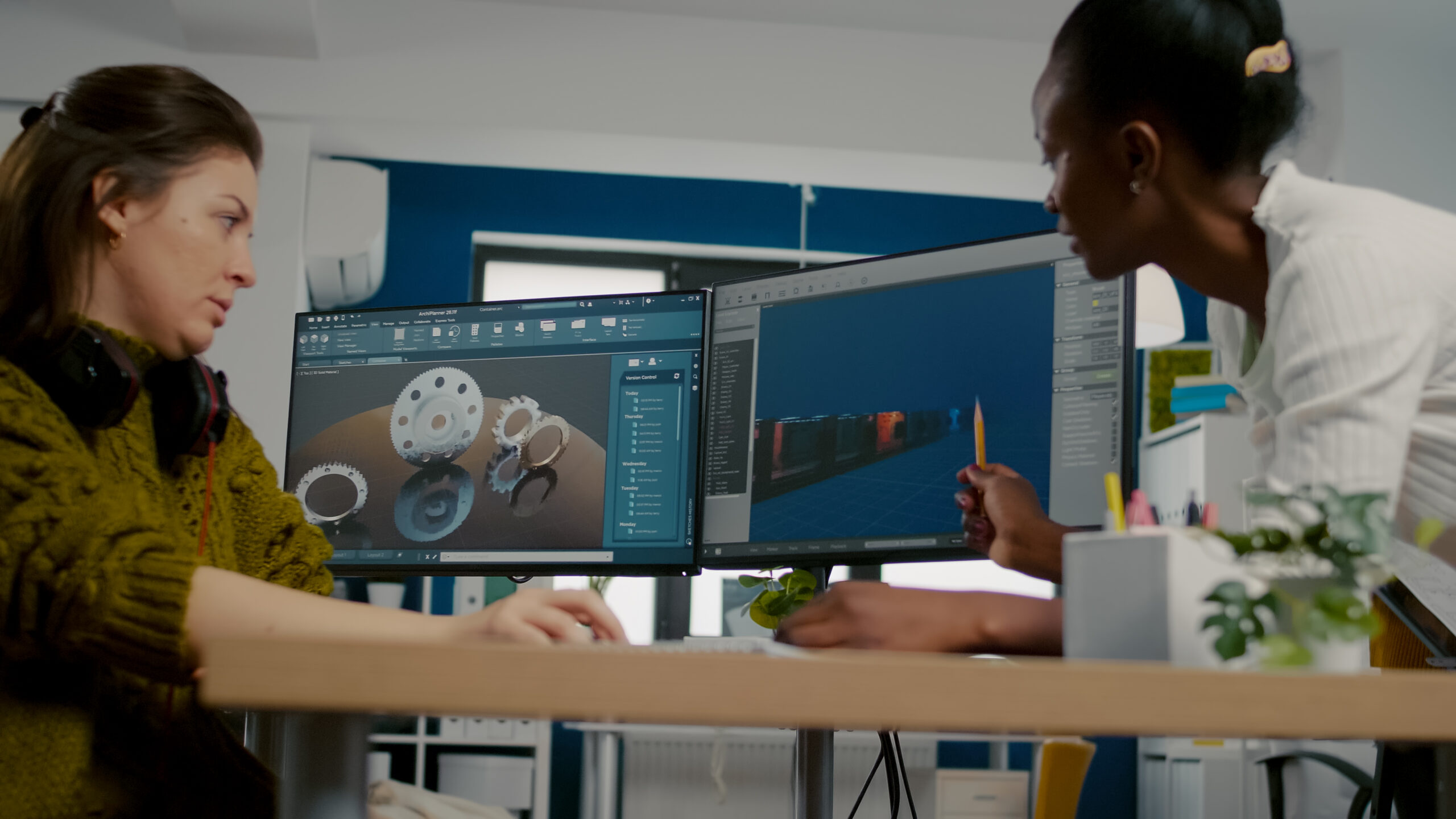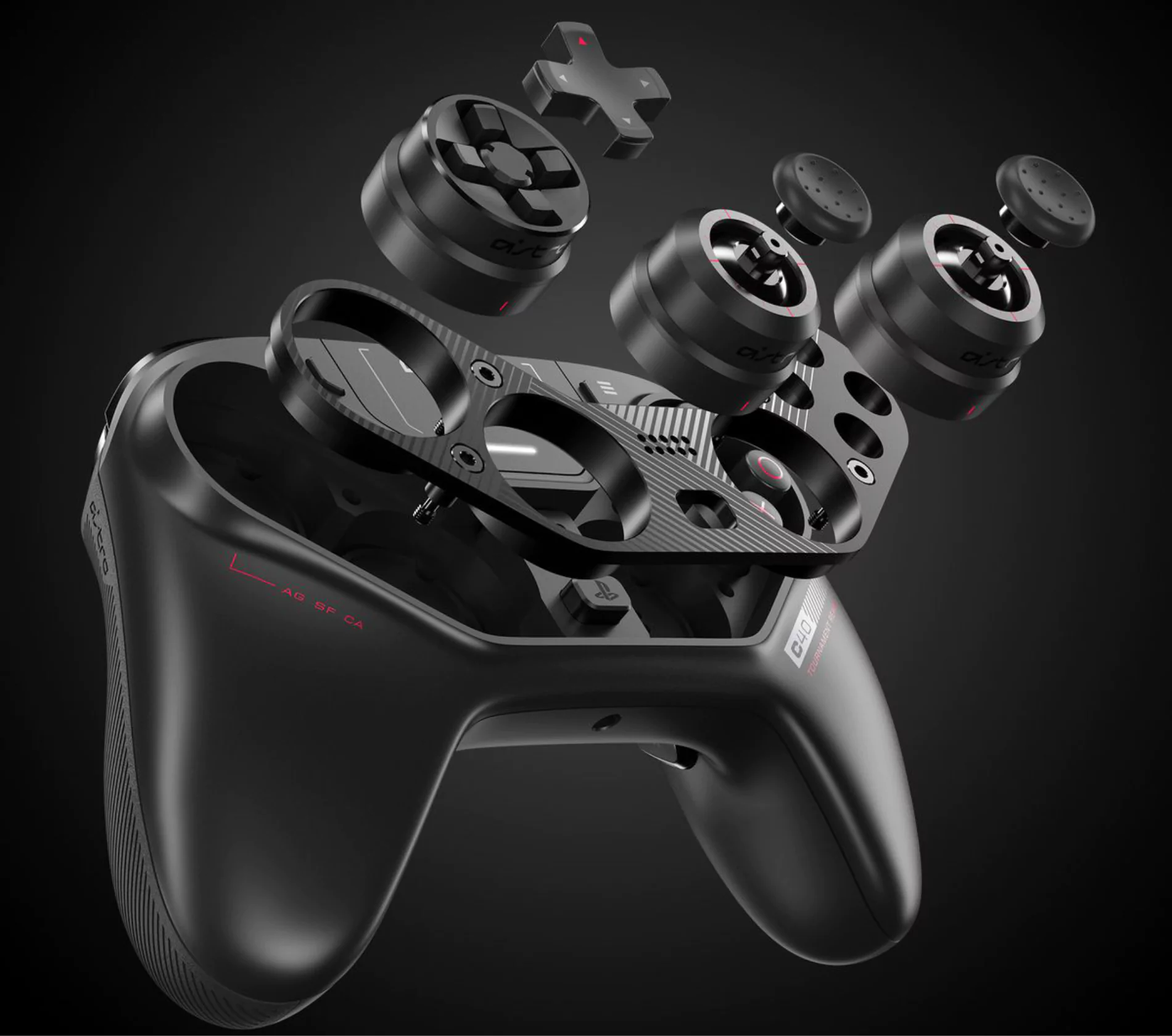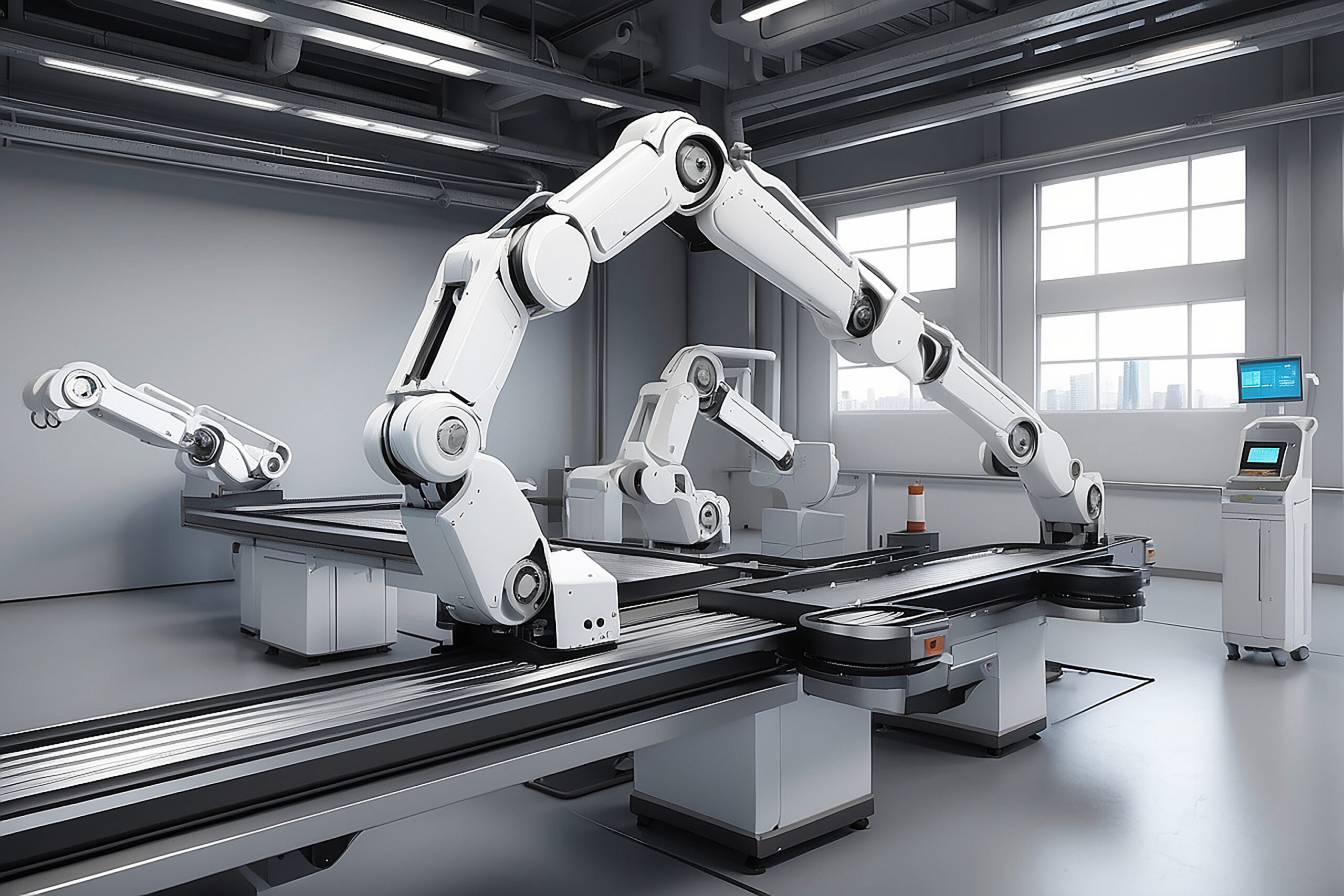To create realistic 3D product rendering one needs to lay a strong 3D Modelling foundation. A better 3D model gives realistic outputs. Hence Many times i get the the question about which type of 3D Modelling is best? While thinking it hit me how huge 3D modeling is, and most people don’t realize how much 3D stuff they see daily. This blog aims to shed light on this complicated part, exploring various distinct types of 3D modeling and helping readers select the most suitable approach for their unique projects.
As a 3D modeling expert, there are numerous options of 3D modeling software that exist for users in sculpting, texturing, and designing three-dimensional models. The field of 3D modeling is rooted in mathematical principles, offering a diverse canvas of methodologies, procedures, and modeling tools to choose from. Consequently, the process of crafting 3D models becomes more intricate and time-consuming.
Uses of 3D Modeling before understanding various types of 3D Modelling.
- Animation and Movies: 3D models are widely used in the creation of animated films and visual effects for live-action movies.
- Video Games: Game developers use 3D models to create realistic characters, environments, and special effects in video games.
- Architecture and Design/Architectural Visualization: Architects use 3D models to create realistic representations of buildings and structures before they are constructed.
- Interior Design: Designers use 3D models to visualize and plan interior spaces, including furniture placement and decor.
Product Design and Manufacturing: - Prototyping: Engineers and designers create 3D models to prototype and test product designs before manufacturing.
- Customization: Companies use 3D modeling to customize products based on customer preferences and requirements.
Medical and Healthcare: - Surgical Planning: 3D models assist in planning complex surgeries by providing detailed representations of organs and structures.
- Medical Imaging: 3D modeling is used to enhance medical imaging, allowing for better diagnostics and treatment planning.
Education and Training. - Product Visualization: Marketers use 3D models to showcase products in advertisements and promotional materials, you can read more about the power of visualization: The Power of Visualizing: How 3D Product Rendering Boosts Marketing Campaigns.
These are a few prominent fields where 3D Modelling is used, Features & Advantages of 3D Modelling.
Here Are Some Common Types of 3D Models:
Let’s discuss various types of 3D Models. There are several types of 3D models, each serving different purposes and suitable for various applications.
1. Wireframe Models:
These models represent only the outlines or edges of objects, providing a skeletal view without surfaces or details. It represents Utilizing lines, points, and curves in a manner resembling a wireframe, this modeling technique represents the basic shape and structure of an object or scene. It serves the purpose of crafting uncomplicated models, ranging from furniture to automobiles it is also very useful to create a complicated models like cities and buildings etc.
Wireframe modeling proves to be an efficient method for swiftly generating 3D models without delving into intricate details. Frequently employed as an initial step, it lays the groundwork for more sophisticated and detailed models. The preliminary structure provided by wireframe modeling serves as a foundation, facilitating the subsequent development of complex and refined 3D representations.
2. Polygonal Modelling:
Polygon Models are made from polygons (usually triangles or quadrilaterals) or shapes with multiple sides to create 3D Products. This type of modeling techniques is commonly used in Product visualization and Gaming Industry as it gives high quality 3D Output of the product.
Polygonal modeling initiates with shaping the object within a 3D workspace. This involves constructing a mesh of polygons that outlines the intended form of the object. Subsequently, details such as color, texture, and shading are incorporated. The mesh comprises vertices, edges, and faces, serving as the building blocks to sculpt the desired shape of the object.
3. Solid Modelling:
Used in engineering and CAD (Computer-Aided Design) Solid modeling relies on the mathematical representation of entities in three-dimensional space. It employs points, lines, curves, and surfaces as foundational elements to depict objects. These fundamental components, referred to as primitives, can be amalgamated, altered, and manipulated to craft objects possessing precise shapes and dimensions. Solid modeling is commonly used in creation of Engineer models, Buildings, Automobile industry like cars,airplanes etc. It is prominently used in creating prototypes and test models.
4. Surface Modelling:
Surface modeling is a technique employed in computer-aided design (CAD) and computer graphics to represent the outer appearance and geometry of three-dimensional objects. Unlike solid modeling, which focuses on representing the entire volume of an object, surface modeling specifically addresses the external surfaces.
In surface modeling, the surface of an object is defined using mathematical equations or algorithms. This involves creating and manipulating surfaces such as planes, curves, and patches. The resulting surfaces can be combined to form complex shapes and structures. Surface modeling is particularly useful when the emphasis is on the object\’s external features or when working with objects that have intricate or irregular shapes.
5. Skeleton/Rigged Models:
Skeleton or rigged models refer to three-dimensional models that incorporate a skeletal structure, often referred to as an armature or rig. This underlying framework consists of joints and bones, allowing for the articulation and animation of the model. This technique is extensively utilized in computer graphics, animation, and virtual environments to bring characters or objects to life with movement and flexibility.
6. NURBS (Non-Uniform Rational B-Splines) Models:
NURBS (Non-Uniform Rational B-Splines) models represent a sophisticated approach to three-dimensional computer graphics and design. These models use mathematical curves and surfaces defined by control points and weights, allowing for the creation of smooth, precise, and flexible shapes. Unlike traditional polygonal models, NURBS models offer a high level of mathematical precision, making them particularly suitable for industries such as automotive and industrial design. Their inherent ability to maintain smooth curves and surfaces, even with significant manipulation, makes NURBS models valuable in CAD (Computer-Aided Design), animation, and virtual prototyping, where accurate and aesthetically pleasing surfaces are essential for realistic representations.
7. Parametric Models:
Parametric models form a cornerstone in computer-aided design, offering a dynamic and flexible approach to three-dimensional representation. In this modeling technique, objects are defined through parameters, allowing for easy modification and adjustment of their properties. These parameters govern aspects such as size, shape, and orientation, providing a versatile platform for design exploration. Parametric models excel in scenarios where iterative changes are frequent, making them integral in architectural design, engineering, and product development. Their adaptability facilitates efficient exploration of design variations, fostering creativity and enabling designers to swiftly adapt to evolving project requirements while maintaining a cohesive and interconnected model structure.
8. Volumetric Models:
Volumetric models play a pivotal role in representing three-dimensional objects by focusing on their entire volume rather than just surface features. Utilizing a grid of 3D pixels or voxels, these models encapsulate the spatial distribution of materials within an object. Commonly applied in medical imaging, scientific visualization, and computer graphics, volumetric models excel at conveying internal structures such as organs, tissues, or fluid dynamics. The versatility of volumetric modeling extends to fields like virtual reality and simulations, where a comprehensive understanding of spatial relationships is crucial. This approach aids in the accurate depiction and analysis of intricate, detailed structures for diverse applications.
In conclusion, delving into the realm of 3D modeling unveils a vast and intricate landscape, where the choice of modeling technique profoundly influences the realism and applicability of the final output. Establishing a robust foundation in 3D modeling is imperative for creating lifelike product renderings. This blog has endeavored to shed light on the multifaceted world of 3D modeling, exploring various types such as wireframe, polygonal, solid, surface, skeleton/rigged, NURBS, parametric, and volumetric models. Each type serves distinct purposes, ranging from rapid prototyping to intricate animations, catering to diverse industries like entertainment, architecture, product design, and healthcare. As 3D modeling experts, the journey through these techniques underscores the complexity and artistic depth inherent in the world of three-dimensional design.





